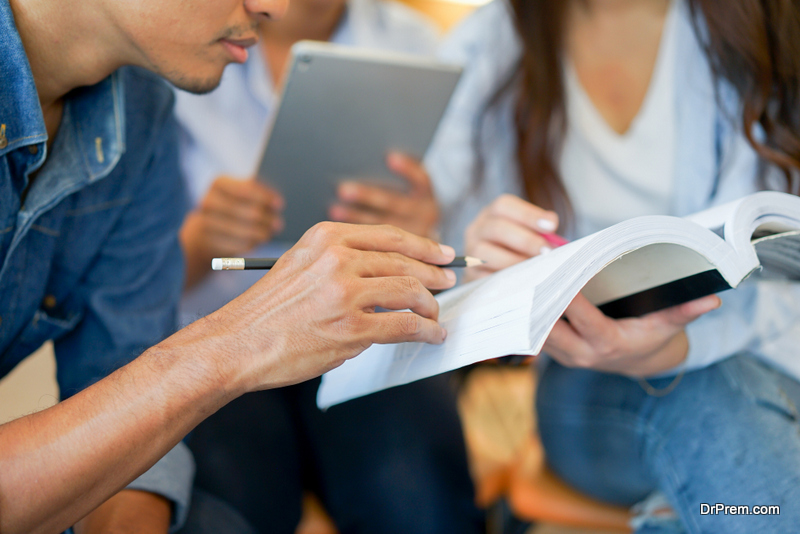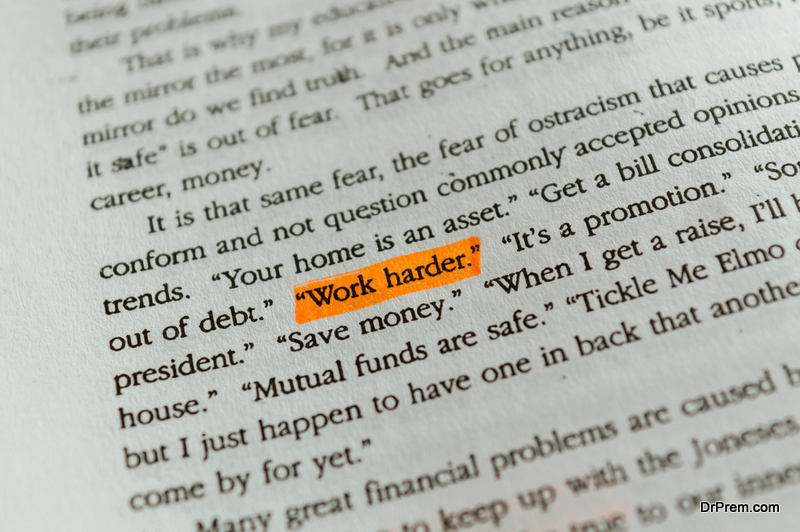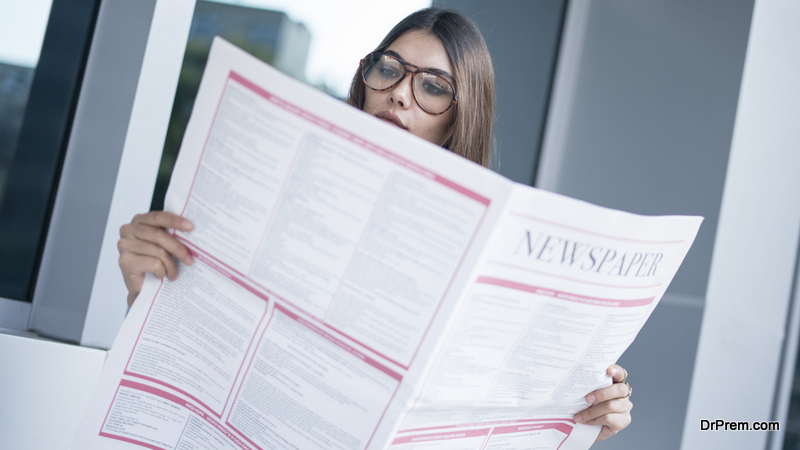Reading fast is a skill which would help you read tons of books in the time that you usually need to complete one. Reading fast really helps when you are a student trying to cover as many topics as possible, or if you’re an avid reader and you would love to read two to three books every day or even more. It’s a marvelous skill to have when you want to read the newspaper with your morning coffee before your morning commute. Everyone can do it, with some tried and tested tricks. Check out how to read faster without losing comprehension:
How to read faster without losing comprehension
1. Start by scanning and skimming

When you skim and scan first, you pick out the most relevant pieces of information, that will prime you to the rest of the matter. Once you become familiar with the main portions of the text, then you will not be slowed down by confusing or surprising parts. This is one of the tricks to increasing your reading speed. This method works best for the non-fiction books, but it can work for novels too.
2. Stop reading in your head
Subvocalization or reading silently in the head is the most common reason for slower reading. This slows us down to 300 words per minute. Surprised? Actually, your eyes and brain can process words much more quickly.
Subvocalizing is a habit which has to be consciously stopped. Once you become aware of it, you have to distract yourself by listening to music, using your finger to follow the words or even, chew some gum. Stopping the voice in your head is one of the ways to increasing your reading speed.
3. Read the phrases, not the words

Did you know that your eye span is 1.5 inches, and you can actually read up to 9 words at one go? The way to do this is to look at every fifth word which will let you take in more words and would also cut down on the subvocalizing. Practicing this for some time would make your perfect, though you should start with some relaxed reading for this, rather than complicated textbooks, in the beginning. This is one of the ways for speed reading.
4. Set a faster pace of reading
Challenge yourself and start reading as fast as you can. Set a timer and the number of words or pages you want to finish in that time. You have to train your reflexes, then practice till your brain can accomplish it. This method has not been studied thoroughly but it works for some people, and maybe it will work for you too.
You have to move your pencil along the lines of text, for two minutes. Initially, do not try to understand what you are reading, but keep your focus and keep the eyes moving. Rest for one minute, and continue. This is one of the speed-reading techniques that you can try out.
When you up the reading speed 10 times quicker, then your brain does not have the training or experience to comprehend what you are reading, 2000-3000 words every minute. The incredibly high speed will pay off when your brain starts to understand in time. Your muscle memory will change and the way your eyes move on the page will also change. Once the ‘wiring’ in the brain is changed, it will comprehend what you read at the fast speed.
5. RSVP software

Try the RSVP software or the Reading Rapid Serial Visual Presentation. This software flashes the text one single word according to the reading speed you choose. If you keep the speed too high you may not be able to remember the words. This could be alright when you are reading news, but not when you’re studying.
6. Don’t re-read
One of the biggest hindrances to speed reading is reading paragraphs or sentences again and again in order to understand. For things to make sense, you don’t need to re-read because they will make sense when in context, so even if you don’t understand them, you will still get the gist of the matter. The reading guide to speed reading states that you have to stop re-reading.
7. Control your eyes

Your eyes are like cameras as they take snapshots, like photos of the text that you read. When your eye/s stops at a part of the text, it is called fixation. If the eye fixates on a word or words too much, then our reading speed slows down. This is like clicking photos of blank spaces or taking too many photos of the same space – it is simply inefficient. So, if you can reduce or control the number of fixations of your eyes, then you can read much more than you usually do.
One exercise which will help you do that, is by reading not from the first word, but start by reading from the second word onwards. Your eye fixation will start from the second word and will end on the second last word as well. How does this help? This helps as the eye does not create images of blank spaces in margins.
Practice for 2 minutes at a time, reading as fast as you possibly can.
The most important thing in speed reading is focus and concentration which will help you comprehend. If you read fast, but do not understand anything, you have to read it again, which is a loss of time. But if you control your mind and eyes, you will be able to speed read and understand what you are reading.


